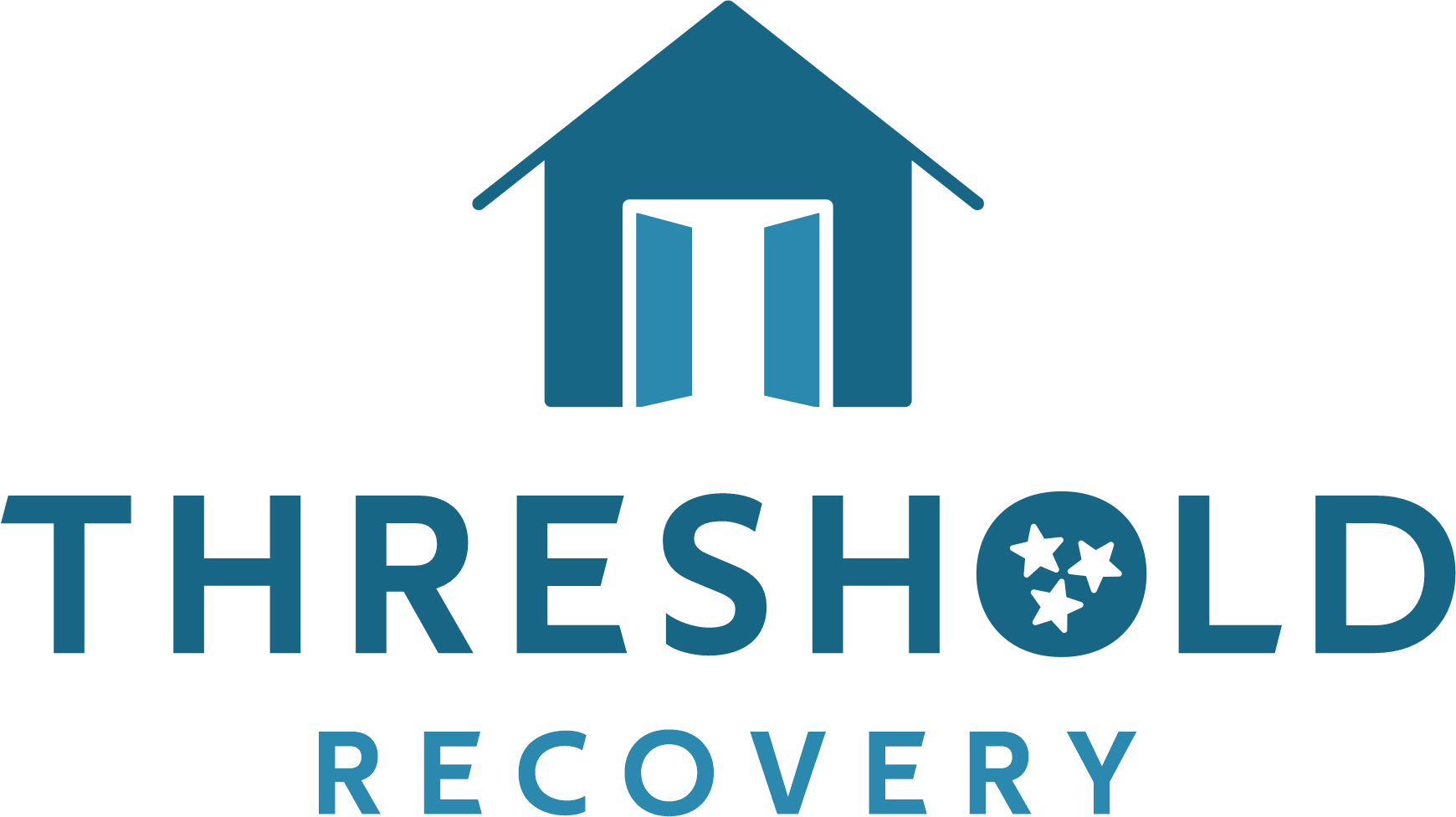Introduction:
Opening a halfway house can be a rewarding endeavor that allows you to make a meaningful impact on individuals in recovery. As a halfway house provides a supportive environment for those transitioning from addiction treatment to independent living, it plays a crucial role in helping individuals maintain their sobriety. If you are passionate about helping others on their recovery journey and considering opening a halfway house, this blog post will guide you through the essential steps to make your vision a reality.
1. Define Your Mission and Vision
Start by clarifying your vision and mission for the halfway house. Determine the population you want to serve, such as men, women, or specific demographics. Identify the goals and values that will guide your operations. Establishing a clear vision and mission will provide a foundation for your business and guide your decision-making process.
2. Conduct Thorough Research
Before diving into the logistics of opening a halfway house, conduct extensive research. Learn about local regulations, zoning laws, and licensing requirements specific to halfway houses in your area. Familiarize yourself with the industry standards and best practices to ensure compliance and provide the highest level of care to your residents.
3. Develop A Business Plan
Craft a comprehensive business plan that outlines your goals, target population, financial projections, marketing strategies, and operational procedures. This plan will serve as a roadmap for your halfway house and help you secure funding, attract potential partners, and navigate the challenges that may arise during the process.
4. Secure Funding
Explore various funding options to finance your halfway house. This can include personal savings, loans from financial institutions, grants, fundraising events, and partnerships with community organizations or government agencies. Research available grants and funding opportunities specifically tailored to support programs addressing addiction recovery and mental health.
5. Establish Funding
Forge partnerships with local treatment centers, healthcare providers, and community organizations involved in addiction recovery. Collaborating with these entities can help you establish a referral network, access resources, and create a support system for your residents. Additionally, consider building relationships with local businesses that may offer employment opportunities for your residents as they transition to independent living.
6. Locate and Prepare the Property:
Find a suitable property that meets the needs of your halfway house. Consider factors such as location, size, safety features, and accessibility to transportation and amenities. Ensure the property complies with local regulations and licensing requirements for a halfway house. Make any necessary renovations or modifications to create a comfortable and supportive living environment for your residents.
7. Develop Policies and Procedures:
Establish clear and comprehensive policies and procedures that outline the rules, expectations, and guidelines for residents and staff. These policies should cover areas such as curfews, house rules, drug testing, accountability measures, and disciplinary procedures. Emphasize the importance of creating a structured and supportive environment that fosters personal growth and long-term recovery.
8. Hire Qualified Staff
Recruit and hire staff members who are passionate about helping individuals in recovery. Seek professionals with experience in addiction recovery, counseling, case management, and administrative roles. Ensure that your staff members receive adequate training on addiction, relapse prevention, trauma-informed care, and other relevant topics to provide the best support to your residents.
9. Develop Supportive Programs:
Create a comprehensive program that supports the recovery process. This can include group therapy sessions, individual counseling, life skills training, employment assistance, educational programs, and connections to community resources. Tailor your programs to meet the specific needs of your residents, and continuously evaluate and update them to ensure their effectiveness.
10. Advertise and Network:
Promote your halfway house through various marketing channels. Establish a website, create informational materials, and utilize social media platforms to raise awareness about your services. Network with local professionals, treatment centers, support groups, and community organizations to establish referral networks and build relationships within the recovery community.

